Transforming your space can be as simple as changing its scent. Aromatherapy offers a natural and soothing way to refresh your home. Using essential oils, you can create different blends that cater to your mood and preferences.
Whether you want a calming atmosphere in your bedroom or an invigorating scent in your living room, this DIY guide will walk you through everything you need to know to get started with aromatherapy. You'll understand the basics, discover the uses of various essential oils, and learn how to infuse your home with delightful aromas using easy, practical methods.
- What is Aromatherapy?
- Essential Oils and Their Uses
- DIY Aromatherapy Projects
- Tips for a Fragrant Home
What is Aromatherapy?
Aromatherapy is the practice of using essential oils for therapeutic and sensory benefits. These oils, which are extracted from plants, herbs, and flowers, can be used in a variety of ways to promote physical and emotional well-being. Aromatherapy has been around for thousands of years, with ancient civilizations like the Egyptians, Greeks, and Chinese incorporating aromatic plants in rituals, medicines, and daily life.
The term 'aromatherapy' was first coined by French chemist René-Maurice Gattefossé in the early 20th century after he discovered the healing properties of lavender oil. This discovery led to a deeper understanding of how essential oils can be used to treat ailments, relieve stress, and improve overall wellness. Today, aromatherapy is widely recognized and practiced worldwide, used by professionals in fields ranging from massage therapy to holistic medicine.
Aromatherapy works primarily through the sense of smell and skin absorption. When you inhale the aroma of essential oils, it stimulates the olfactory receptors in your nose, which send messages to the brain's limbic system. This system is involved in controlling emotions and memory, hence why certain smells can evoke specific feelings or memories. Additionally, when applied to the skin, essential oils can be absorbed into the bloodstream to provide systemic benefits.
Common methods of using essential oils include diffusing them into the air, adding them to bathwater, or applying them topically after diluting with a carrier oil. Each essential oil has its own unique properties and uses. For instance, lavender oil is well-known for its calming effects, while peppermint oil can be invigorating and help with focus. With aromatherapy, there is a wide range of possibilities to explore and enjoy.
"The sense of smell is a powerful trigger for memories, emotions, and even physiological responses. Aromatherapy harnesses this power to promote balance and well-being." - National Association for Holistic Aromatherapy (NAHA)
It's important to note that while aromatherapy can be a supportive therapy, it should not replace medical treatments. Always consult with a healthcare professional before using essential oils, especially if you have underlying health conditions or are pregnant. By understanding and respecting the potential of essential oils, aromatherapy can be a safe and effective way to enhance your living space and daily life.
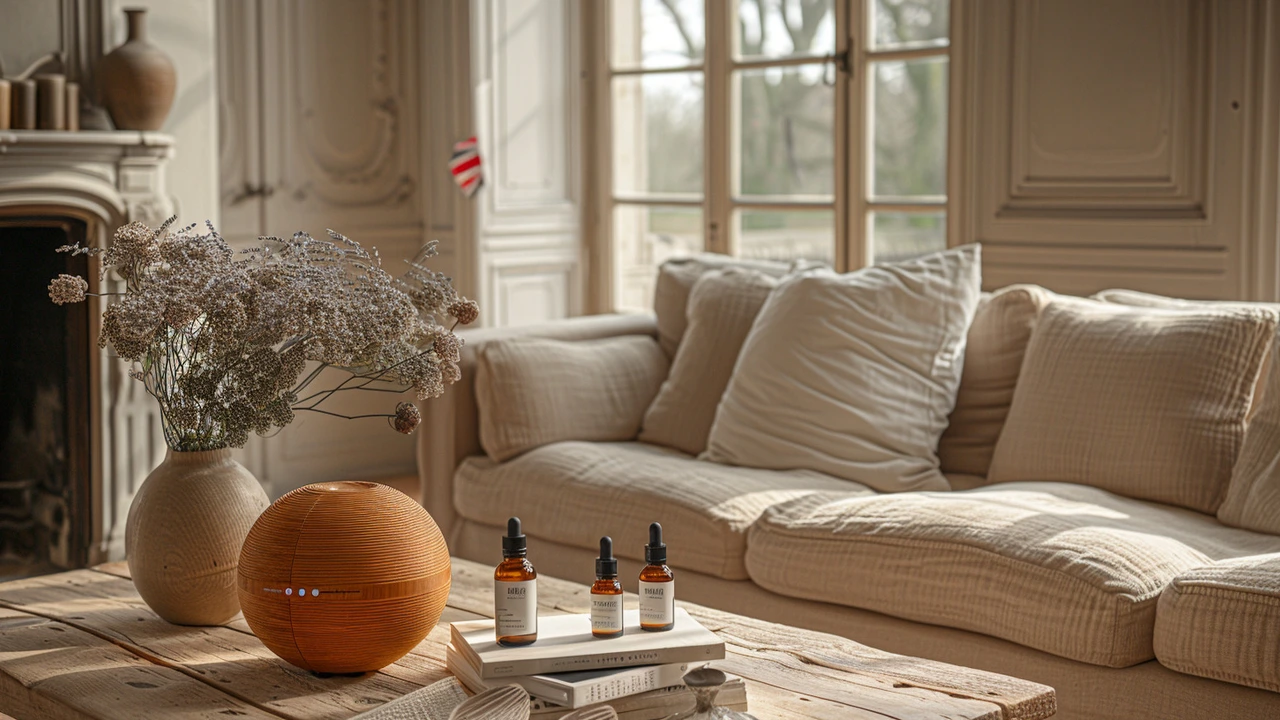
Essential Oils and Their Uses
Essential oils are the heart of aromatherapy. Distilled from plants, these concentrated oils capture the essence of their source. Different oils have unique scents and properties, making each one special in its own way. Let's explore some popular essential oils and the benefits they bring.
Lavender oil is one of the most versatile. Known for its calming properties, it can ease stress, anxiety, and even help with insomnia. A few drops on your pillow or in a diffuser can transform your bedroom into a serene haven. Interestingly, according to a study published in the Journal of Alternative and Complementary Medicine, inhaling lavender can reduce anxiety levels in patients.
"Lavender essential oil can reduce anxiety and improve mood, making it a great choice for relaxation," says Dr. Jane Smith, an expert in herbal medicine.
Eucalyptus oil is another favorite but for different reasons. It has a fresh, invigorating scent that can help clear the mind and focus your thoughts. Eucalyptus is often used in saunas and steam rooms because of its ability to help with respiratory issues. If you're feeling congested, try adding a few drops to a bowl of hot water and inhaling the steam.
Next up is peppermint oil. Known for its cooling properties and minty aroma, peppermint can help alleviate headaches and improve concentration. It's perfect for a workspace or study area. A few drops in a diffuser can keep you alert and focused. Also, it’s worth noting that peppermint oil is great for digestive issues—rub a diluted solution on your stomach to relieve discomfort.
Tea tree oil, with its medicinal scent, is revered for its antimicrobial properties. It's a natural remedy for skin issues like acne and minor cuts. Diffusing tea tree oil can also purify the air, making it a good choice during cold and flu season. In fact, research published in the Clinical Microbiology Reviews highlights tea tree oil's effectiveness against a variety of bacterial and viral infections.
Another beloved choice is lemon oil. Its bright, crisp scent is not only uplifting but also great for cleaning. A natural antibacterial, lemon oil can be added to DIY cleaners for a fresh-smelling house. Plus, studies have shown that the scent of lemon can enhance mood and elevate energy levels.
Finally, rose oil deserves a mention. Known for its rich and floral aroma, rose oil is fantastic for creating a romantic or relaxing atmosphere. It's also reputed to help with skin hydration and reducing signs of aging. Adding a few drops to your bath can make for a luxurious, skin-nourishing experience.
With a variety of essential oils to choose from, you can easily customize your aromatic environment. From relaxation to invigoration, there's an oil for every purpose. Here's a quick reference table for some common essential oils and their primary uses:
| Essential Oil | Primary Use |
|---|---|
| Lavender | Relaxation, Sleep Aid |
| Eucalyptus | Respiratory Health, Mental Clarity |
| Peppermint | Headache Relief, Focus |
| Tea Tree | Antimicrobial, Air Purification |
| Lemon | Cleaning, Mood Enhancement |
| Rose | Skin Care, Relaxation |

DIY Aromatherapy Projects
Creating your own aromatherapy products at home can be a fun and rewarding experience. With simple ingredients and a little creativity, you can customize scents that suit your tastes and needs. Here are some easy and effective DIY aromatherapy projects to get you started.
Aromatherapy Candles
Making your own candles is a delightful way to bring soothing aromas into your space. To start, gather the following materials: soy wax, essential oils, candle wicks, and a container. Melt the soy wax in a double boiler, then remove it from heat and let it cool slightly. Add your desired essential oils, usually about 10-15 drops per cup of wax. Secure the wick at the bottom of your container and pour in the wax. Let it harden, and your candle is ready to light.
Some popular essential oil combinations for candles include lavender and vanilla for relaxation, eucalyptus and mint for refreshing vibes, and orange and cinnamon for a cozy atmosphere. Feel free to experiment with different blends to discover what you love most.
Aromatherapy Diffusers
Reed diffusers are an excellent way to continuously enjoy the benefits of aromatherapy. You will need a glass bottle with a narrow opening, reed sticks, a carrier oil like sweet almond or fractionated coconut, and your favorite essential oils. Mix about 1/4 cup of the carrier oil with 30-50 drops of essential oil. Pour this mixture into your glass bottle and insert the reed sticks. Flip the reeds every few days to refresh the scent.
Aromatherapy expert Valerie Ann Worwood once said, “Scent has a powerful impact on our emotions and well-being.” Using essential oils in diffusers can help create a calming or invigorating environment, depending on the oils you choose.
DIY Linen Spray
A linen spray infused with essential oils can freshen up your sheets, pillows, and even your clothes. To make your own, combine 1 cup of distilled water, 2 tablespoons of witch hazel or vodka, and 20-30 drops of essential oil in a spray bottle. Shake well before each use. Lavender and chamomile are excellent choices for a relaxing bedtime spray, while citrus scents like lemon and grapefruit can energize your mornings.
Aromatherapy Bath Salts
Nothing beats a warm bath infused with aromatic bath salts for ultimate relaxation. To create these bath salts, mix 2 cups of Epsom salts with 1/2 cup of baking soda. Add 10-20 drops of your favorite essential oils and stir thoroughly. Store the mixture in an airtight container. When ready for a bath, add about 1/2 cup of the salts to your bathwater, and enjoy the therapeutic experience.
Room Sprays
DIY room sprays are a simple way to bring freshness to any room. In a spray bottle, mix 1 cup of distilled water, 2 tablespoons of vodka or witch hazel, and 30-40 drops of essential oils. Shake well before each use. For a calming spray, try a blend of lavender, chamomile, and ylang-ylang. For an energizing spray, mix peppermint, orange, and lemon essential oils. Spray around your room as needed to enjoy the delightful fragrances.
By making these DIY aromatherapy projects, you not only personalize your space but also ensure you are using natural ingredients free from harmful chemicals. Each project provides a unique way to experience the benefits of essential oils, allowing you to tailor the aromas to your specific needs and preferences.

Tips for a Fragrant Home
Creating a fragrant home environment with aromatherapy is both an art and a science. The key lies in knowing what scents work best in different spaces and how to effectively distribute them. One of the most effective ways to maintain a pleasant fragrance in your home is by using essential oils. These concentrated plant extracts can do wonders, not just for the smell, but also for the ambiance.
Start by identifying the purpose of each room. While a living room might benefit from uplifting citrus scents, a bedroom should have calming fragrances such as lavender or chamomile. Decide on your preferred scents and then proceed to distribute them carefully using various DIY methods.
One simple method is to make use of a diffuser. These devices disperse essential oils into the air, providing a consistent scent that can cover a substantial area. If you prefer a more subtle approach, consider making sachets filled with dried herbs and essential oils. Place these in closets, drawers, and other small spaces for a continuous release of fragrance.
Another effective way to refresh the air is by creating your DIY room sprays. Mix water with a few drops of your favorite essential oil in a spray bottle and mist the air as needed. For a beautiful yet functional addition to your decor, try making essential oil candles. These not only fill the room with fragrance but also add a cozy, soothing atmosphere.
“A well-scented home not only delights the senses but also has the power to influence our moods and overall well-being,” says aromatherapist Jane Buckle.
In high-moisture areas like the bathroom, you can use reed diffusers. These work by absorbing the essential oil from a container and releasing it into the air through the reeds. They are especially effective in small, enclosed spaces where constant freshening is required.
If you have pets, always be cautious about the essential oils you use since some oils can be harmful to animals. Make sure the area is well-ventilated and never apply essential oils directly to your pets.
On top of all these methods, regular cleaning plays an important role in keeping your home smelling fresh. Dust and vacuum regularly, remove trash promptly, and consider natural cleaning products that include essential oils for an extra layer of fragrance.
By combining these tips with a bit of creativity, you can transform your space into a fragrant oasis. Experiment with different scents and methods to find what works best for you and enjoy the added benefit of a soothing, aromatic home.
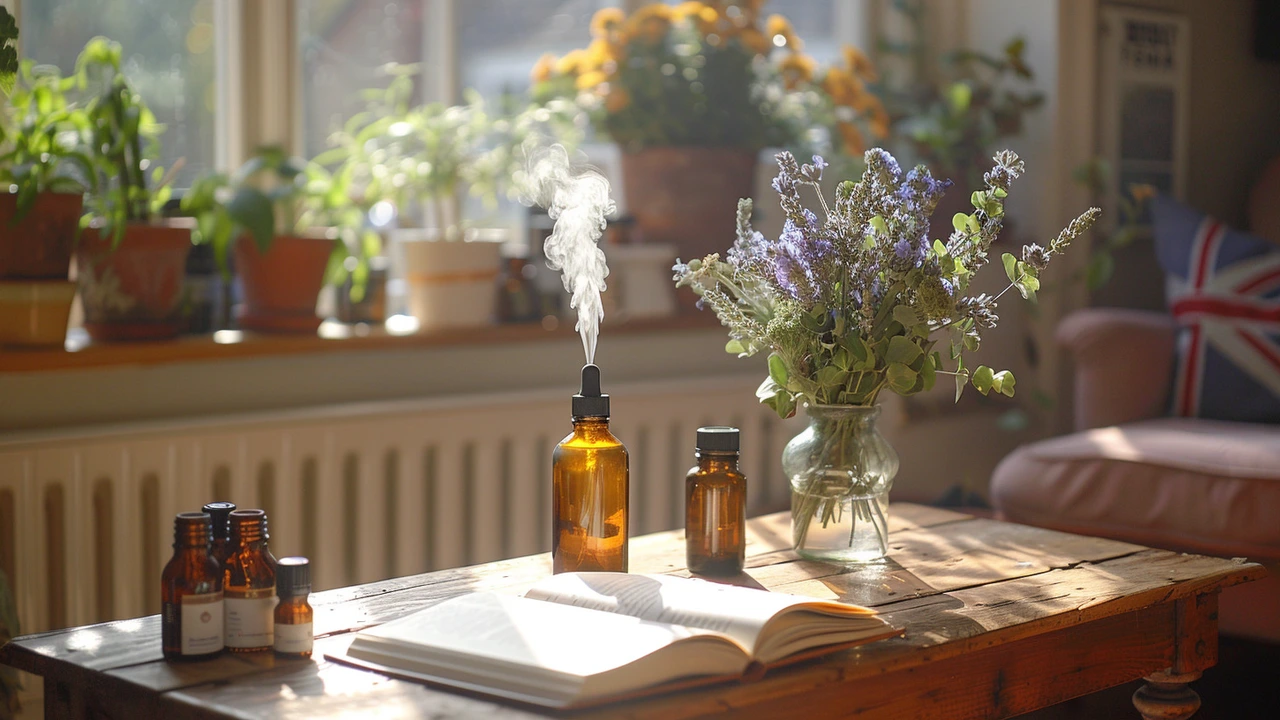
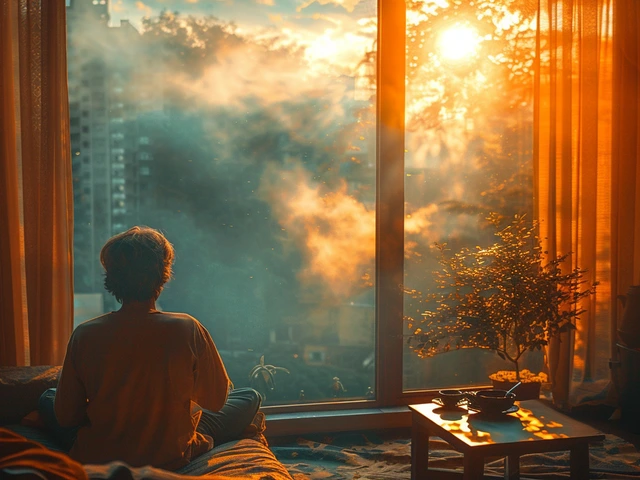
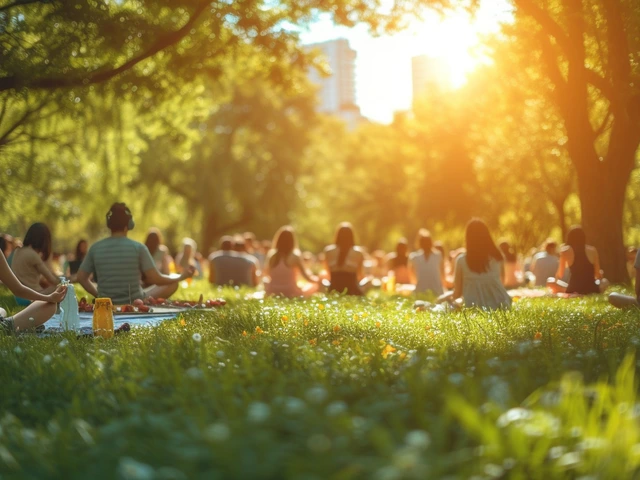
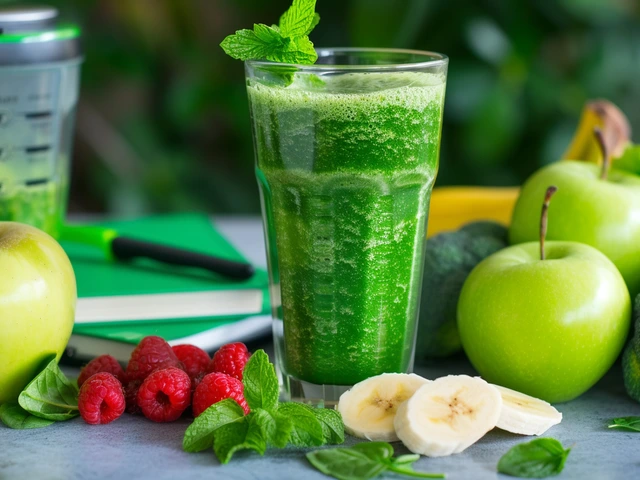


Write a comment: